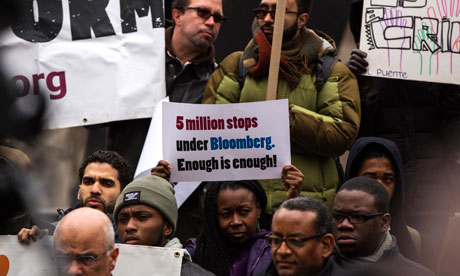 In the summer of 1964, Bruce Jackson—then a junior fellow at
Harvard—arrived in Texas to record work songs on several state prison
farms. He was researching the music and folk culture of incarcerated
men, a project that had earlier steered him to Indiana State Prison and
Missouri Penitentiary. Landing in Texas was essentially dumb luck;
Jackson had family there, and knew that the Lone Star State claimed many
of the country's harshest prison farms.
In the summer of 1964, Bruce Jackson—then a junior fellow at
Harvard—arrived in Texas to record work songs on several state prison
farms. He was researching the music and folk culture of incarcerated
men, a project that had earlier steered him to Indiana State Prison and
Missouri Penitentiary. Landing in Texas was essentially dumb luck;
Jackson had family there, and knew that the Lone Star State claimed many
of the country's harshest prison farms.Besides audio equipment, he also brought a 35mm Nikon with which he intended to create a visual diary of the inmates he met. Fifteen years and thousands of photos later, the diary had become more like an encyclopedia—portions of which you can now read.
In his new book, Inside the Wire: Photographs From Texas and Arkansas Prisons, Jackson documents a society and economy whose roots were entwined with the antebellum South. Many prison farms were converted slave plantations that still bore the family name of long-buried landowners: Ellis, Ramsey, Cummins, Wynne. Sprawling across thousands of acres, these were agricultural purgatories where prisoners harvested much of their own food, spun cotton into clothes, and staged annual rodeos for the amusement of each other and the locals, all while living under the long shadow of death row. (The state prison system's psychiatric unit, Jester IV, is located on the site of a former prison farm called Harlem Plantation, but that's another story.)
Read on...

 Post-Newtown, sales for
Post-Newtown, sales for 
 Michael Glawogger does for documentary film what
Michael Glawogger does for documentary film what  By the time the nation confronted the unthinkable school massacre in Connecticut last December, Mother Jones'
By the time the nation confronted the unthinkable school massacre in Connecticut last December, Mother Jones' 
